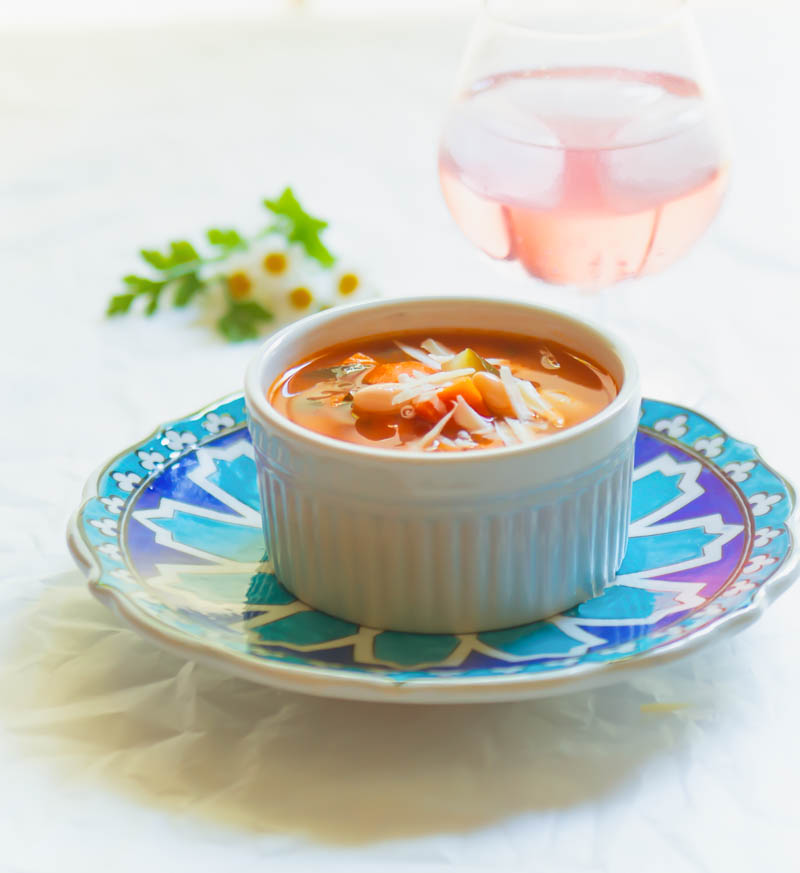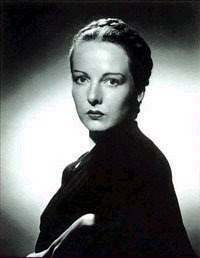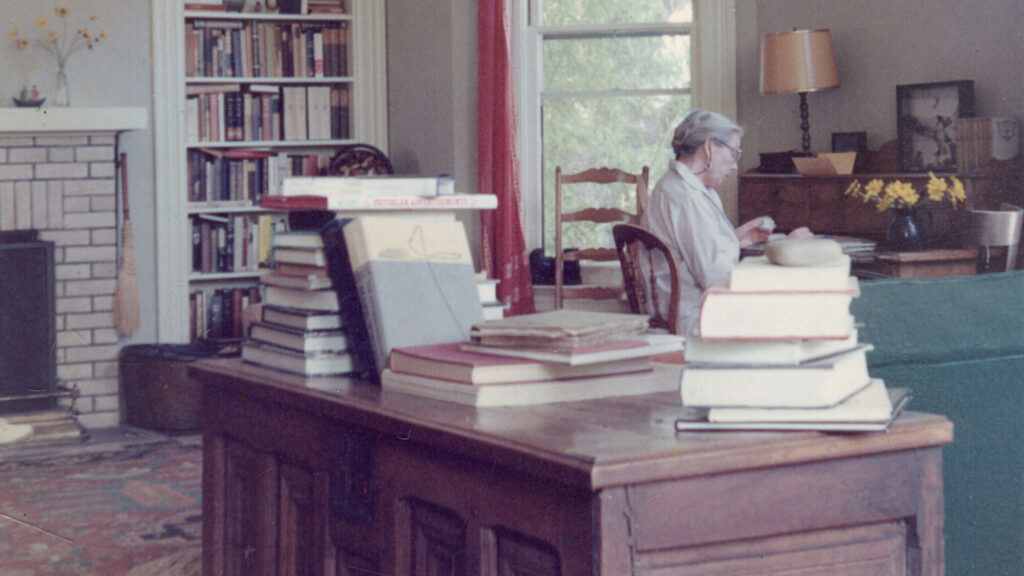She was so gifted a writer that W.H. Auden said of her: “I do not know of anyone in the United States who writes better prose.”
She was so elegantly beautiful that the Dadaist artist Man Ray begged to photograph her, fascinated as he was by her striking bone structure.
She almost single-handedly invented the modern narrative genre of food writing and collected legions of admirers (and some fierce critics) along the way.
She was Mary Francis Kennedy Fisher– MFK Fisher to her readers.
Fisher was a cook, an “influencer” before that term was even imagined, a supremely-talented writer and an unrepentant free spirit. She wrote twenty-seven books, hundreds of stories for The New Yorker Magazine and countless articles in magazines like Vogue, Gourmet and The Atlantic. Among her most important works were her depression-era how-to-cope tome How to Cook A Wolf, a translation of Brillat Savarin’s The Physiology of Taste (She was deeply influenced by years spent in France and by French cooking.), and The Art of Eating, a book Alice Waters says should be required reading for all cooks. Improbably, she also worked for Paramount Studios for a time writing gags for Bing Crosby and Bob Hope.
What made Fisher’s food writing so novel? She saw (and wrote about) food as a cultural metaphor.
In her personal essays, her writing ranged from the personal to the historical to just about every subject touching human existence. A “food piece” by Fisher was never just a food piece. She explained her wide grasp for subject matter in The Art of Eating: “It seems to me that our three basic needs, for food and security and love are so mixed and mingled and entwined that we cannot straightly think of one without the others. So it happens that when I write of hunger, I am really writing about love and the hunger for it, and warmth and the love of it and the hunger for it…and then the warmth and richness and fine reality of hunger satisfied…and it is all one.”
Fisher called minestrone, for example: “Probably the most satisfying soup in the world for people who are hungry, as well as for those who are tired or worried or cross or in debt or in a moderate amount of pain or in love or in robust health or in any kind of business huggermuggery, is minestrone.”
So…that’s you and me and everyone else. Right?
We need minestrone. Today. Now. Whenever.
So… here is a recipe for an early summer minestrone–a very good one– adapted from The Complete Italian Vegetarian Cookbook by Jack Bishop. No huggermuggery here.
Minestrone
Ingredients
- For Minestrone
- 4 C. tightly-packed spinach leaves (or chard leaves)
- 1/4 C. extra-virgin olive oil
- 2 medium leeks (trimmed, washed and thinly-sliced--white and light green parts only)
- 2 medium carrots (peeled and chopped)
- 1 medium onion (chopped)
- 1 celery rib (chopped)
- 7 C. vegetable broth
- 1 medium baking potato (peeled and cut into 1/2 inch dice)
- 1 medium zucchini (peeled and cut into 1/2 inch dice)
- 1 28-ounce can whole tomatoes (drained and chopped)
- 3 C. cooked cannellini beans (cans drained or freshly cooked dried beans)
- Salt
- Pesto for garnish
- Grated parmesan for garnish
- For Pesto
- 2 medium garlic cloves (finely chopped)
- 2 C. Basil Leaves
- 2 T. Pine Nuts
- 1/2 to 1 C. Extra-virgin olive oil
- 1/3 C. freshly-grated Parmesan
Directions
- Step 1 Soak beans overnight in water to cover. In the morning drain the beans. Alternatively, you can use an equivalent amount of canned beans (drained). I used Rancho Gordo Marcella beans (dried beans) in this recipe and cooked the beans in my Instant Pot.
- Step 2 Wash spinach (or chard) and chop into medium-sized pieces. Set aside.
- Step 3 Heat olive oil in a large soup pot. Sauté leeks, carrots, onion and celery over medium heat until the vegetables are softened. This will take about 10 minutes.
- Step 4 Add stock to the soup pot mixture along with potato, zucchini, spinach (or chard) and tomatoes. Bring this mixture to a boil and then reduce the heat to a simmer. Simmer for about an hour.
- Step 5 Stir in the beans and the salt to taste.Simmer until the soup is heated through–about another 10 minutes.
- Step 6 While the soup is cooking, make the pesto. With the blender (or food processor) running, add the garlic, basil leaves and pine nuts to the blender bowl. Blend to mix. Slowly pour in olive oil with the blender running and continue to blend until you have a thick and smooth liquid pesto. Stir in the Parmesan cheese and refrigerate. (The flavor of your pesto will improve as it ages. You can pour a thin layer of olive oil over the pesto if you plan to store it for a while. Use a small spoonful of pesto in each bowl of minestrone when you serve the soup. Refrigerate the extra pesto.
- Step 7 Serve garnished with a small spoonful of pesto and a sprinkling of freshly-grated parmesan cheese. Cook’s Note: Like many soups, this soup is even more flavorful a couple days after making it. Don’t succumb to the temptation to use a low-quality commercial basil pesto. This recipe shines with a small spoonful of fresh-flavored pesto. In you have to use a jarred variety, Costco carries a good refrigerated product.
This recipe is adapted from The Complete Italian Vegetarian Cookbook by Jack Bishop. The book is old–1997–but it is still available at a price. You can find it at used bookstores and on Amazon here.



